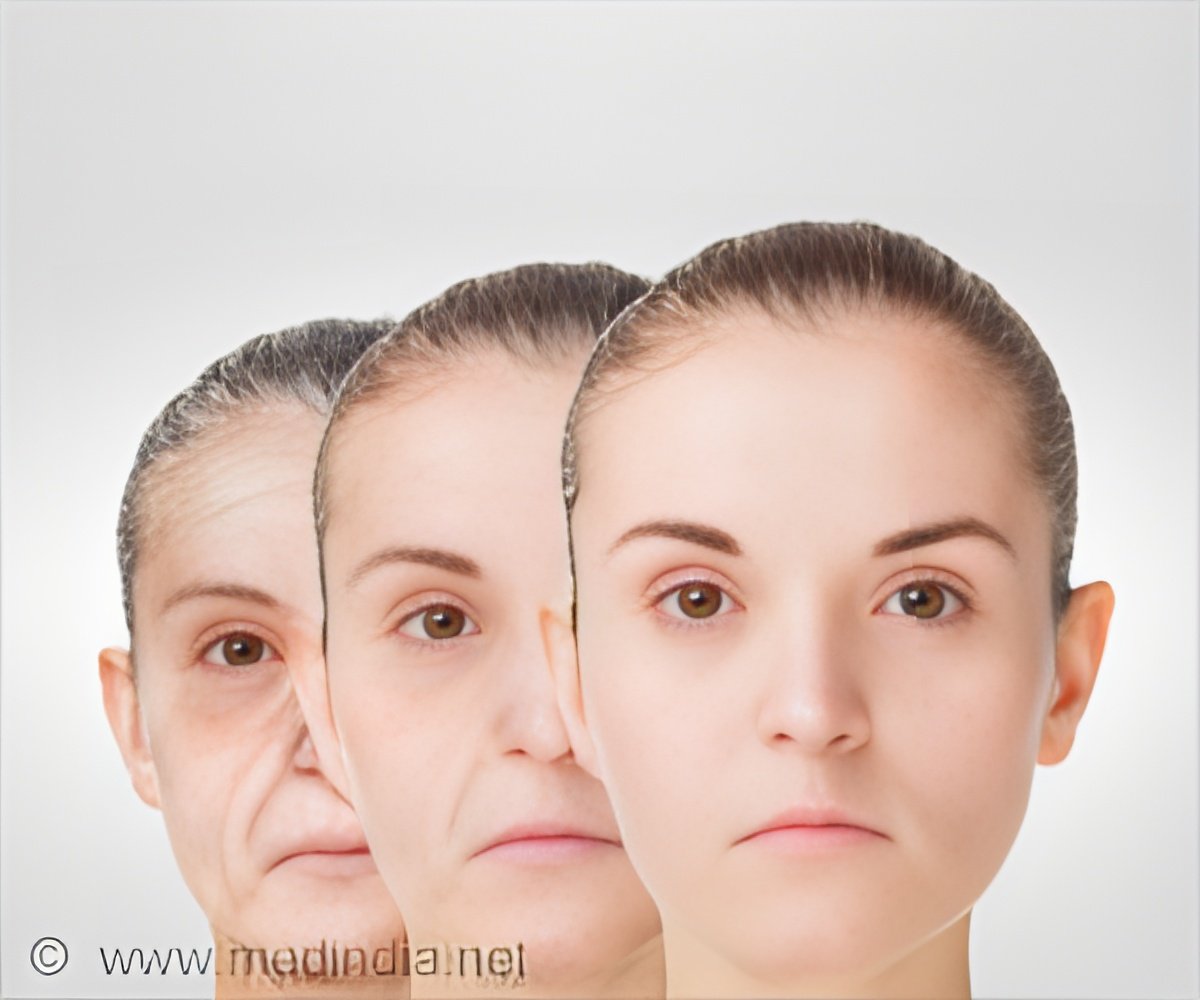The difference in chronological age and biological of the organ shows that distinct parts of the body age at a different rate.

‘Tracking the biological age of different parts of the body could help doctors predict the onset of disease more accurately.’





To know whether the same fact applies to body organs, scientists measured the varying biological ages of their organ systems.They recruited 4,066 volunteers aged between 20 to 45 living in Shenzhen to supply blood and stool samples and facial skin images, along with examining physical fitness. Among them, 52 percent were female and 48 percent were male.
"We used biomarkers that could be identified from blood and stool samples plus some measurements from a routine body checkup," said the paper's co-corresponding author Xu Xun from the Beijing Genomics Institute and China National GeneBank in Shenzhen.
They also measured 403 features such as metabolism and immunity and classified them into nine categories, namely heart, kidney, liver, sex, facial skin, nutrition, immunity, fitness, and the gut microbiome.
Later, developed an aging-rate index to correlate different bodily systems with each other before judging volunteers either as aging faster or aging slower than their chronological age.
Advertisement
Some overweight individuals may have a faster aging rate related to their metabolism, while others may have a faster aging rate in their liver.
Advertisement
Such inconsistency demonstrates the existence of multiple "clocks" throughout the whole body.
These findings could be used as intervention targets for improving health status as well as slowing down the aging process in the future.
Next, the researchers are planning to regularly follow up with the participants to validate their findings. The single-cell technology will also be used to look at programmed aging in more detail.
Source-Medindia













